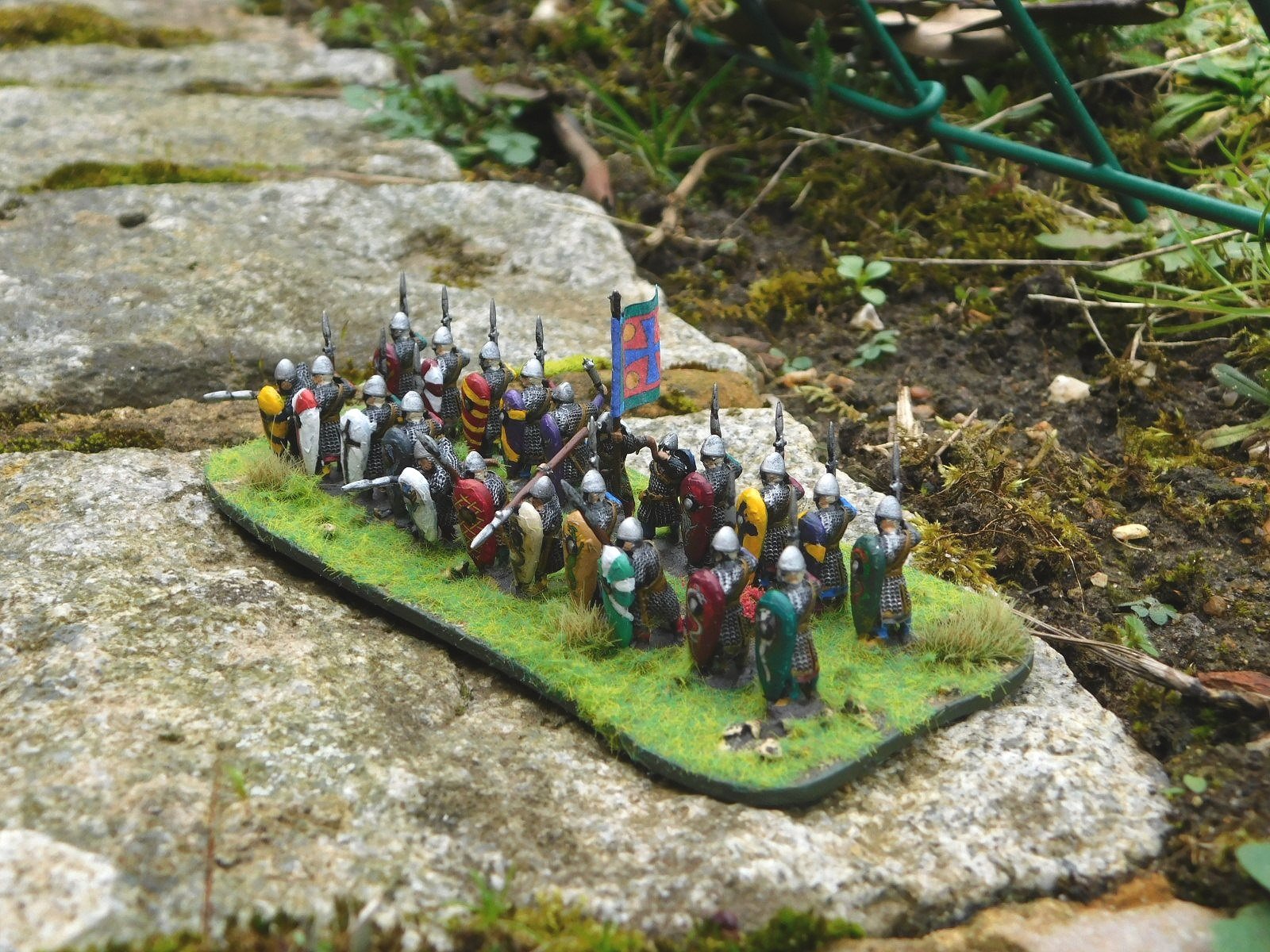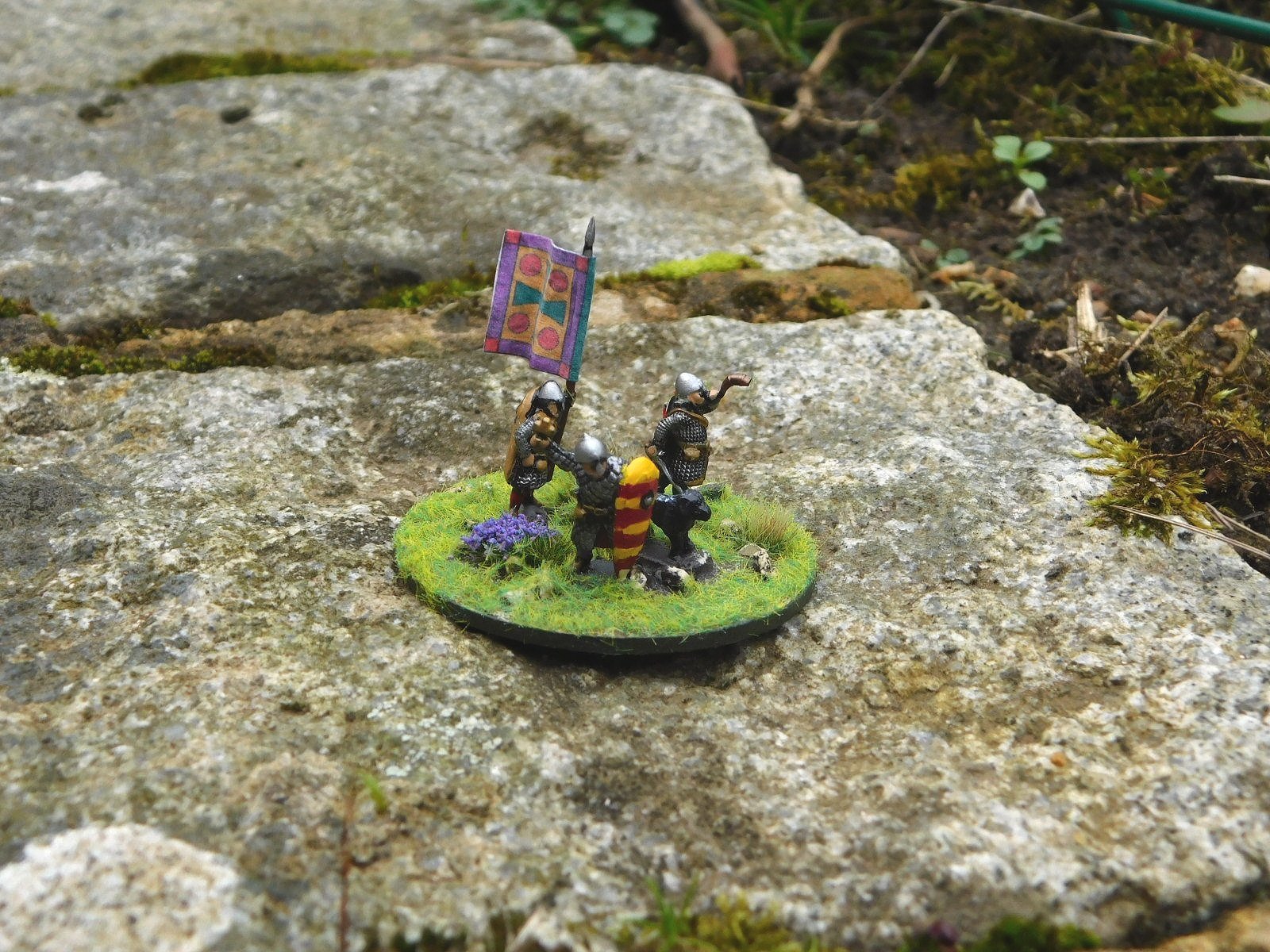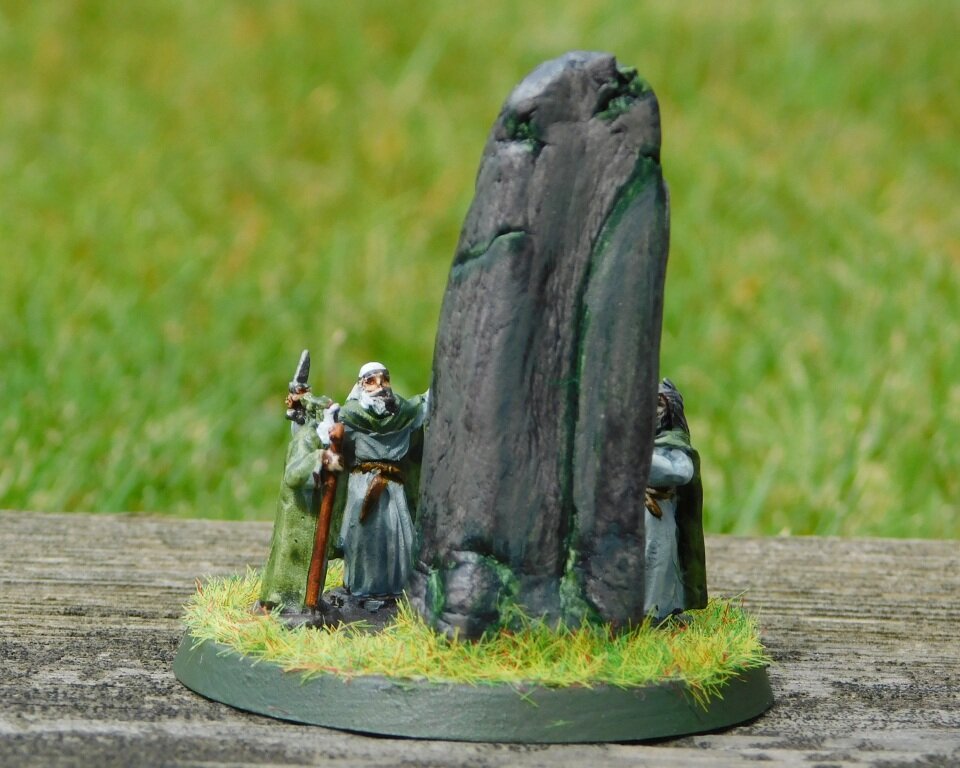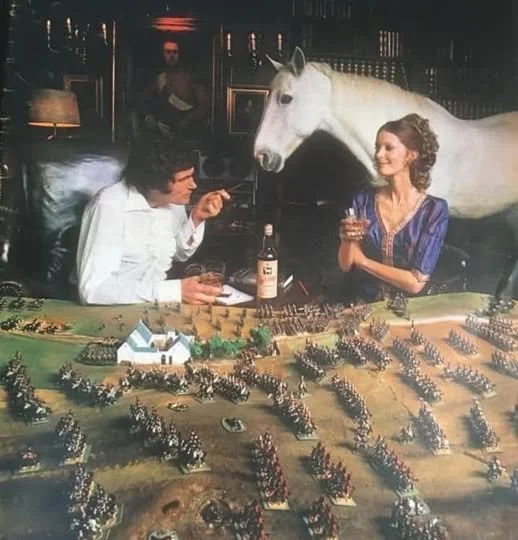As I haven’t got an all-consuming painting project on the go at the moment, I’m trying to knock off all those odd units that I bought but don’t actually need to field an army.
You know the one’s I mean: when you buy the raw lead for a new army, you go for completeness and get everything…EVERYTHING.
The first few units fly off the painting table on the wings of your enthusiasm, but you haven’t yet got enough figures painted to field the army.
The next, largest chunk of units appear on a regular basis but at a slower rate: you’re almost there. The last few units are a real struggle: you’ve had enough of painting (insert new army) and want to move on to something else, but you persevere and, finally, the new army is ready for action.
At the side of the painting table, however, are all those extra units you bought, for completeness if nothing else. The trouble is, you are now sick of the (insert new army), are more interested in playing with the newly painted contingent and, anyway, you don’t really need that extra unit of horse, those extra infantry, do you?
So these units languish in the lead mountain until, one day, bereft of something better to do, but in the mood to paint, you bite the bullet and try and remember how you painted the last lot…so that everything matches!
So it was with these Roman cavalry.
I field Caesarian Marian Romans. They have the option of a unit of Legionary Cavalry, but anyone worth their salt knows that the real work was done by the Gallic or ‘German’ horse. I already have a large Celtic army, so could always use some of them for Julius’ horse, even when they were fighting other Celts (you can never have too many Celtic types!).
At the time, as I’d just painted 144 Roman Legionaries, the thought of painting twelve more legionaries-on-horseback was beyond the pale, so these have sat patiently waiting for a coat of paint.
Nice figures from Baueda via Magister Militum. Easy to paint. Still didn’t enjoy it much though!




























